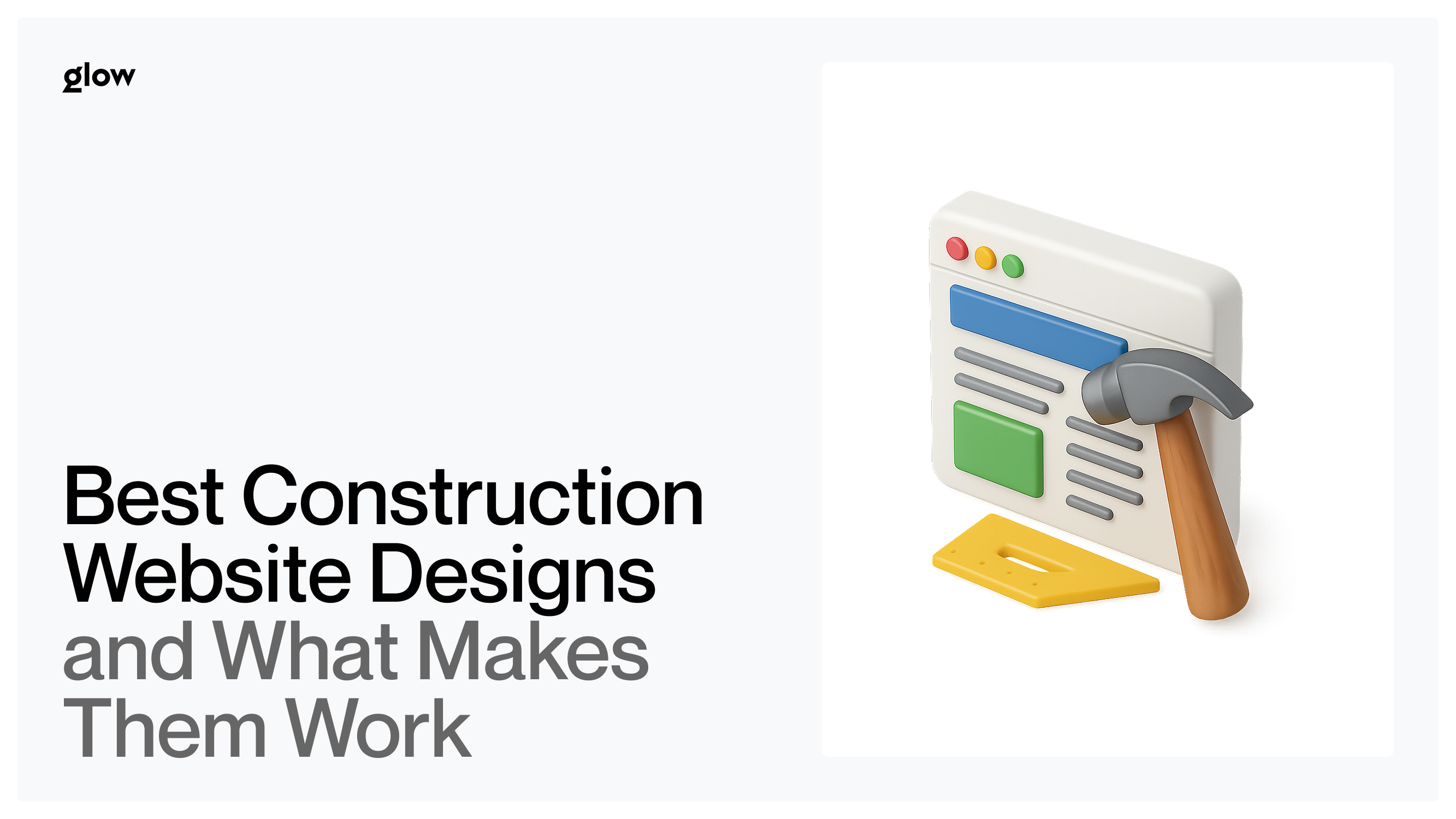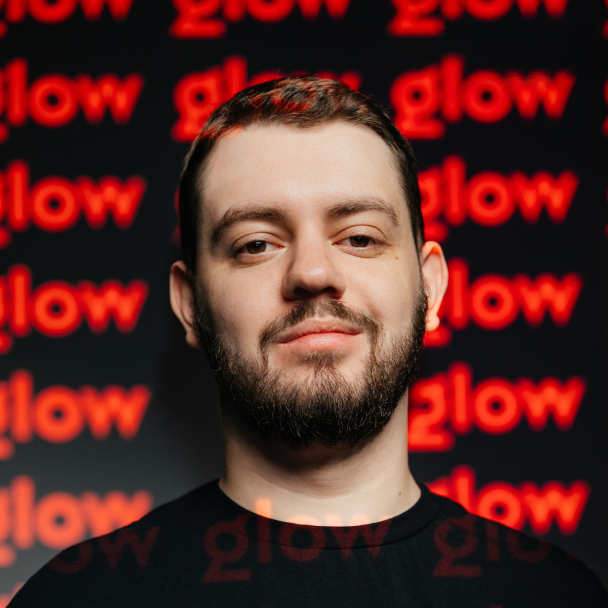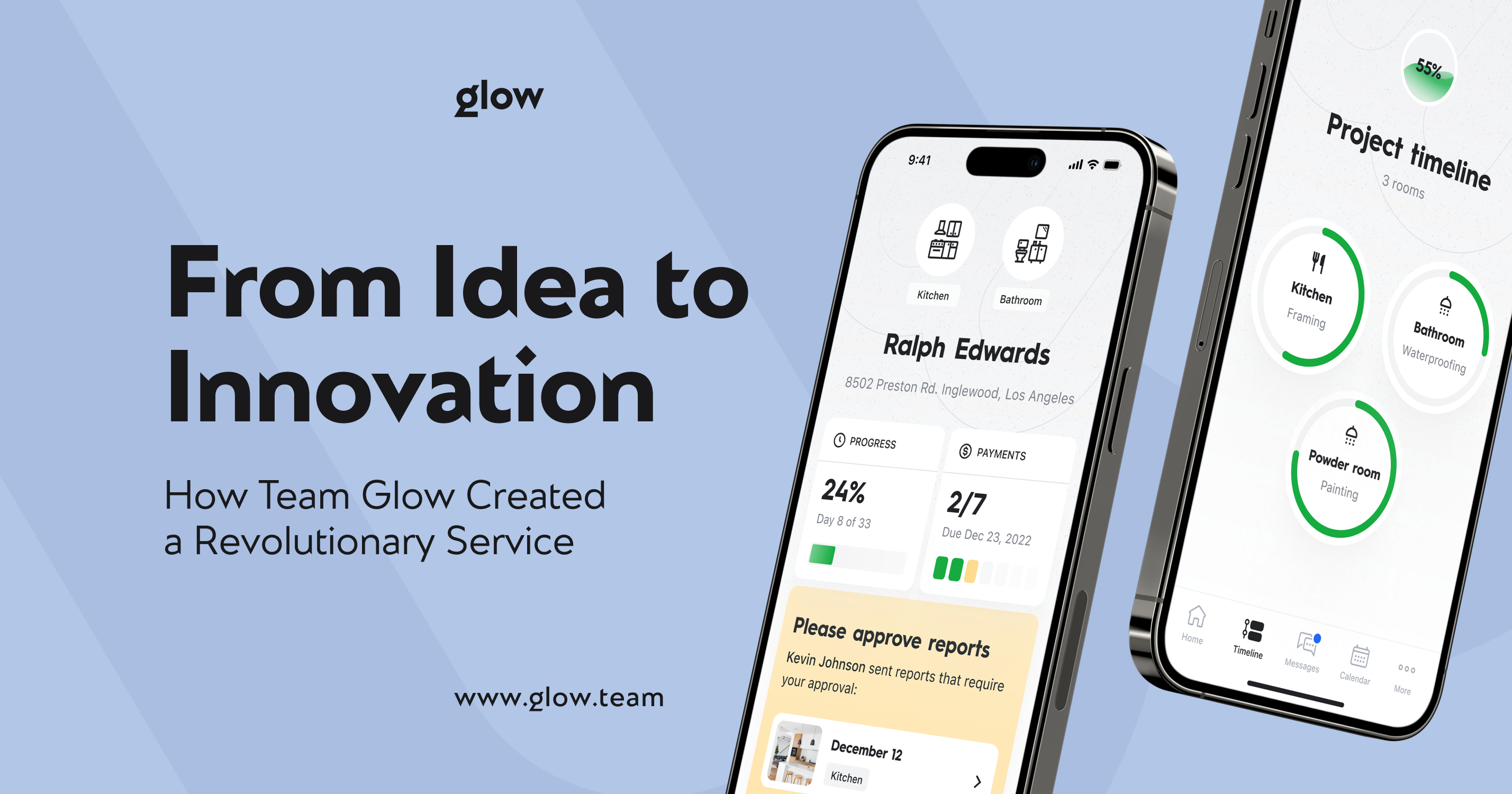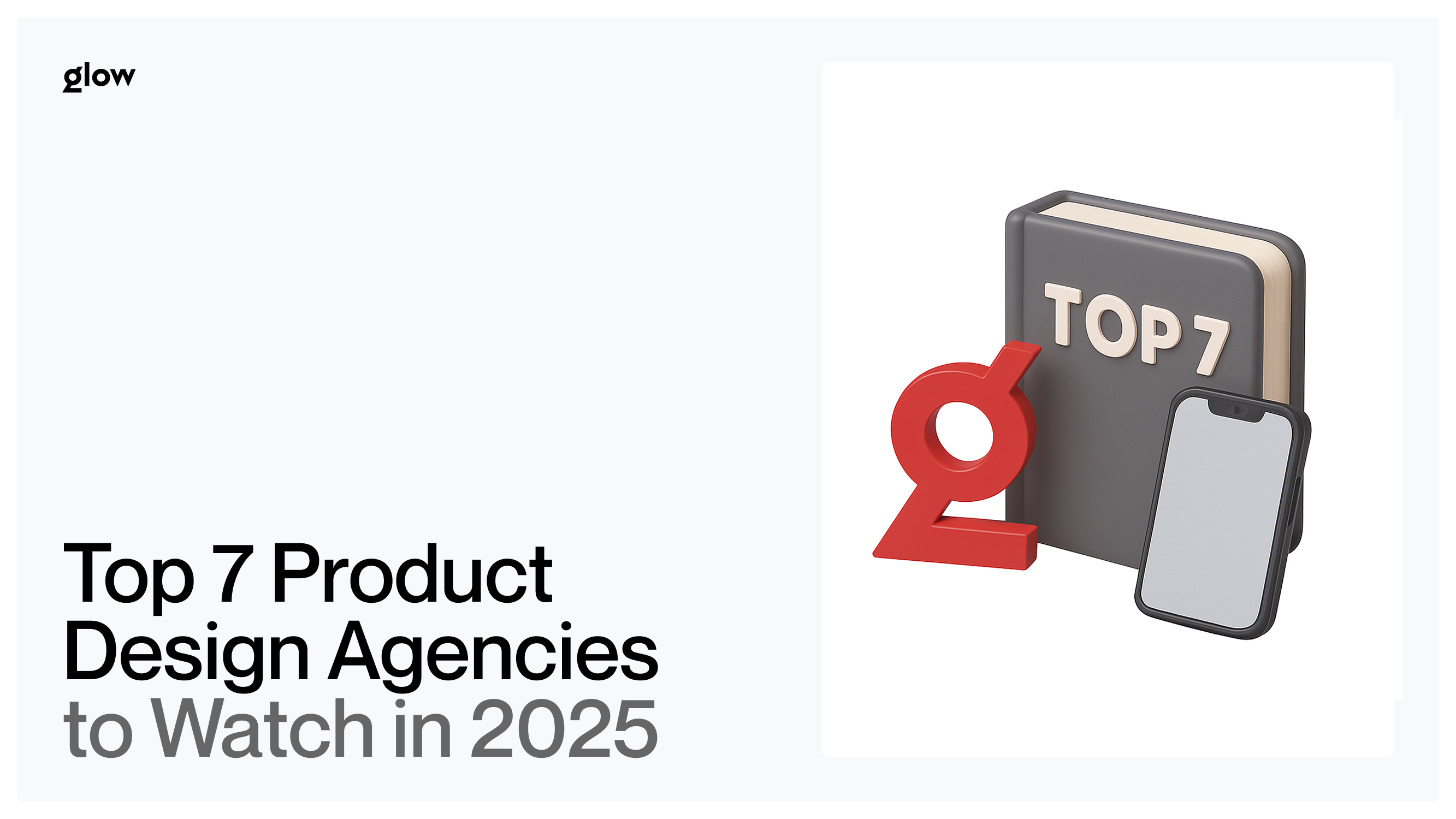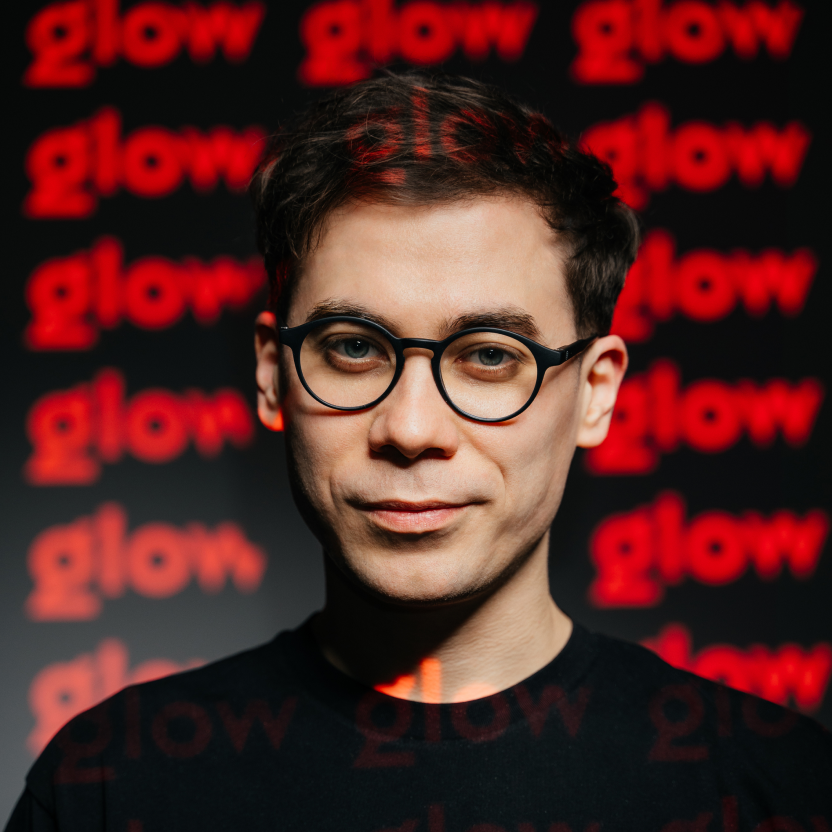Building digital products without a clear structure is like navigating a city without a map. You might eventually reach your destination, but you'll waste time, resources, and energy along the way. That's where UX design frameworks come into play — they provide the roadmap your team needs to create products that users actually love.
Whether you're launching a startup MVP or refining an enterprise application, choosing the proper framework can mean the difference between a product that resonates and one that falls flat. In this guide, we'll explore ten powerful frameworks that will transform how you approach product design.
Why UX Design Frameworks Matter

Think of a user experience framework as the backbone of your design process. Without one, teams often stumble through inconsistent workflows, miscommunication, and products that don't quite hit the mark. Here's why frameworks deserve a permanent place in your toolkit:
- Systematic approach to complexity. Frameworks break down the overwhelming task of creating user experiences into manageable, repeatable steps. Instead of reinventing the wheel with every project, you follow a proven path that guides your decisions from research through implementation.
- Significant time and cost savings. When your team operates within a structured framework, you eliminate guesswork and reduce costly revisions. Everyone knows what comes next, which deliverables are needed, and how to measure success at each stage.
- Unified communication across teams. Designers, developers, product managers, and stakeholders often speak different languages. A shared design framework creates common vocabulary and expectations, ensuring everyone moves in the same direction without confusion or conflicting priorities.
- User-first mindset embedded in process. The best frameworks aren't just about efficiency — they're about keeping real users at the center of every decision. They force teams to validate assumptions, test ideas, and iterate based on actual user feedback rather than internal opinions.
How to Choose the Right UX Framework
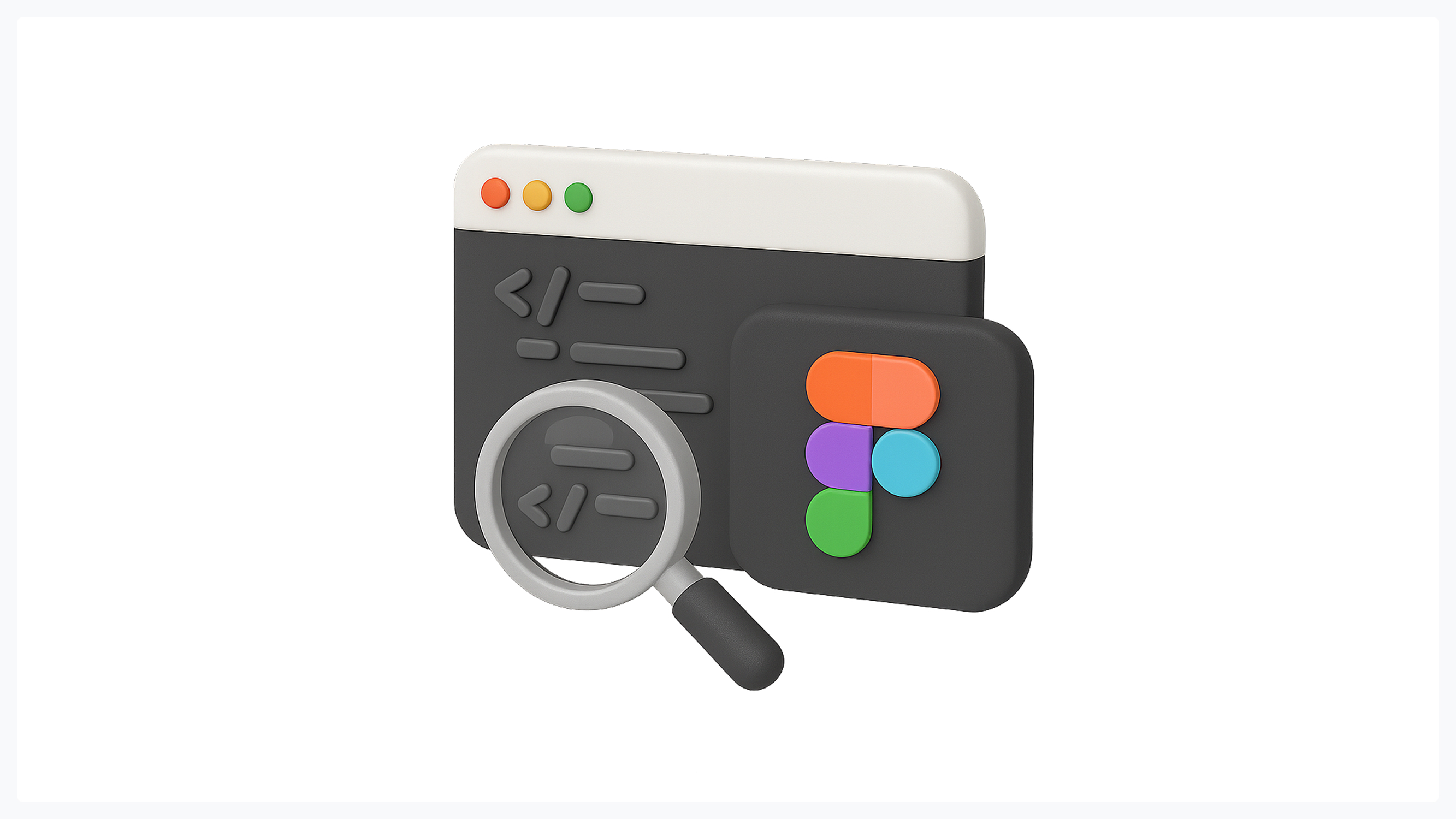
Not all frameworks suit all situations. Selecting the wrong approach can create more problems than it solves, so consider these factors before committing:
- Product type and complexity. A simple landing page doesn't need the same rigorous framework as a multi-platform enterprise system. Simple products benefit from lean, fast-moving approaches, while complex ecosystems require comprehensive frameworks that address multiple user journeys.
- Development stage and maturity. Are you validating a brand-new concept or optimizing a mature product? Early-stage products need frameworks that embrace uncertainty and rapid experimentation, while established products benefit from frameworks focused on refinement and consistency.
- User and team involvement capacity. Some frameworks demand extensive user research and stakeholder workshops, while others prioritize speed over comprehensive input. Assess how much access you have to users and how collaborative your team culture is before making a decision.
- Existing tools and infrastructure. Your product design framework should integrate seamlessly with your current stack. If you're using Figma for design, Maze for testing, and Hotjar for analytics, choose a framework that accommodates these tools rather than forcing entirely new workflows.
10 Best UX Design Frameworks
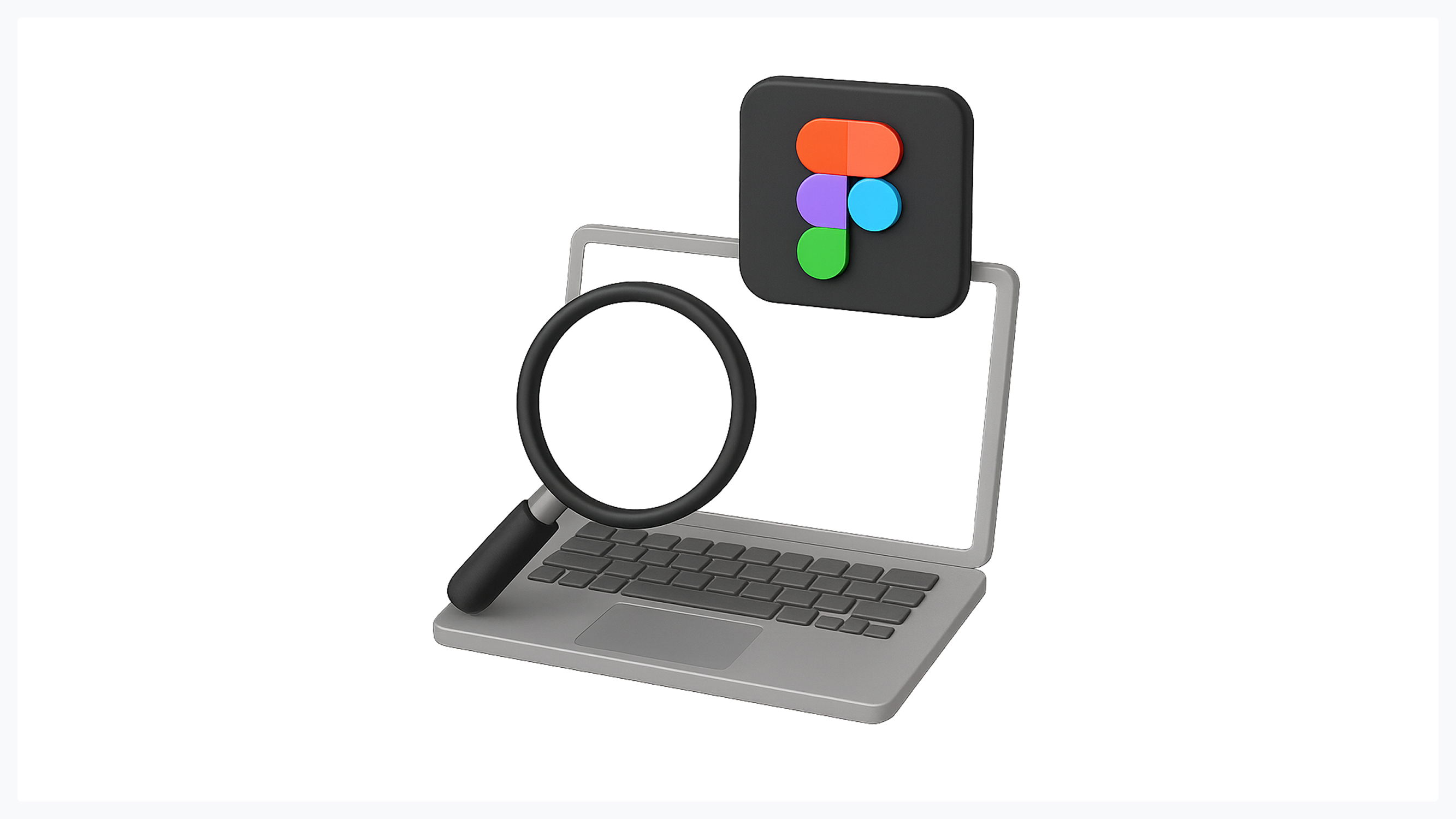
1. Design Thinking
The granddaddy of UX design frameworks, Design Thinking provides a human-centered approach that's become standard practice across industries. Developed at Stanford's d.school, this framework emphasizes empathy and experimentation through five stages:
- Empathize. Immerse yourself in users' worlds through interviews and observation to understand their genuine needs and frustrations.
- Define. Synthesize research findings into clear problem statements that frame challenges from the user's perspective.
- Ideate. Generate diverse solutions through brainstorming sessions that encourage wild ideas and defer judgment.
- Prototype. Build quick, low-fidelity representations of your ideas that are cheap to create and modify.
- Test. Put prototypes in front of real users, observe their interactions, and gather insights for iteration.
Design Thinking works beautifully for complex problems requiring innovative solutions and helps teams align around user needs before jumping into solutions.
2. Lean UX
Born from the Lean Startup movement, Lean UX strips away heavy documentation in favor of rapid learning cycles. This user experience framework prioritizes getting ideas in front of users quickly over creating perfect deliverables through a simple loop: Think, Make, Check.
- Think. Form hypotheses about user problems and potential solutions based on available evidence.
- Make. Create the minimum viable representation needed to test your hypothesis.
- Check. Measure actual user behavior and feedback against your hypothesis.
3. Agile UX
Agile UX integrates user experience work directly into Agile development sprints, solving the problem of designers finishing work too late for developers to implement effectively.
- Research. Conduct focused user research one sprint ahead of design work.
- Design. Create interface solutions that align with both user needs and sprint goals.
- Test. Validate designs with users within the same sprint.
- Improve. Incorporate learnings into the next sprint's planning.
This framework works exceptionally well for product teams already using Agile methodologies, allowing UX to become a natural part of sprint ceremonies.
4. Double Diamond
Created by the British Design Council, the Double Diamond visualizes the design process as a series of divergent and convergent thinking phases. This design framework helps teams avoid jumping to solutions too quickly by guiding them through four stages: Discover, Define, Develop, and Deliver.
- Discover. Explore the problem space broadly and gather insights from multiple sources.
- Define. Narrow down findings to identify the specific problem worth solving.
- Develop. Generate and test multiple solution concepts before committing to one direction.
- Deliver. Refine your chosen solution into a polished product through testing and iteration.
The Double Diamond works brilliantly for teams prone to solution-jumping or those working on projects where the problem itself needs clarification.
5. BASIC Framework
BASIC stands for Beauty, Accessibility, Simplicity, Intuitiveness, and Consistency — five principles that ensure designs meet fundamental quality standards. This product design framework works as both a design guide and an evaluation tool.
- Beauty. Create visually appealing interfaces that delight users through thoughtful use of color and typography.
- Accessibility. Ensure products are usable by users of all abilities by following WCAG guidelines.
- Simplicity. Remove unnecessary complexity and streamline user flows to reduce cognitive load.
- Intuitiveness. Design interfaces that work the way users expect, using familiar patterns.
- Consistency. Maintain uniform design patterns and behaviors across your product.
The BASIC framework pairs exceptionally well with design system work and provides clear criteria for design reviews.
6. Atomic Design
Brad Frost's Atomic Design brings systematic thinking to interface design by breaking interfaces into hierarchical components. This UX design framework has become essential for teams building scalable design systems, organized into five levels: Atoms, Molecules, Organisms, Templates, and Pages.
- Atoms. Basic building blocks like buttons and inputs that can't be broken down further.
- Molecules. Simple component groups formed by combining atoms, like search forms.
- Organisms. Complex interface sections built from molecules and atoms, like navigation headers.
- Templates. Page-level structures showing how organisms fit together.
- Pages. Specific instances of templates filled with real content.
Atomic Design excels for teams building design systems in tools like Figma, ensuring consistency across large products.
7. UX Honeycomb
Peter Morville's UX Honeycomb provides a holistic view of user experience quality through seven interdependent facets: Useful, Usable, Desirable, Findable, Accessible, Credible, and Valuable.
- Useful. The product must fulfill genuine user needs and provide real value.
- Usable. Users should accomplish their goals efficiently without confusion or errors.
- Desirable. Emotional design and aesthetics create positive feelings that drive engagement.
- Findable. Users can locate content and features when needed through intuitive navigation.
- Accessible. The product works for users with diverse abilities and assistive technologies.
- Credible. Users trust the product due to its professional design and reliable functionality.
- Valuable. The product delivers value to both users and the business.
Teams working with Glow Team — a design agency serving both startups and established enterprises — often leverage the Honeycomb framework to evaluate UX quality across client projects, ensuring comprehensive assessments that cover all seven facets of user experience.
8. User-Centered Design
User-Centered Design (UCD) is an iterative process that involves users throughout development, ensuring products genuinely serve their needs. This classic user experience framework cycles through four stages: Research, Requirements, Prototyping, and Testing.
- Research. Understand users through interviews and observations to build accurate mental models.
- Requirements. Translate research insights into specific design requirements.
- Prototyping. Create representations of potential solutions at varying levels of fidelity.
- Testing. Evaluate prototypes with actual users to identify usability issues.
9. Hook Model
Nir Eyal's Hook Model focuses on building habit-forming products through psychological triggers and rewards. This product design framework is particularly relevant for consumer apps that rely on high engagement across four phases: Trigger, Action, Reward, and Investment.
- Trigger. External cues, like notifications, prompt users to engage with your product.
- Action. Users engage in simple behaviors in anticipation of a reward.
- Reward. Variable rewards satisfy users' needs while leaving them wanting more.
- Investment. Users add value through content creation or social connections.
The Hook Model works brilliantly for social media and content platforms but requires careful ethical consideration.
10. Five Elements of UX
Jesse James Garrett's Five Elements framework structures UX work from abstract strategy to concrete interface design. This comprehensive design framework ensures nothing falls through the cracks through five layers: Strategy, Scope, Structure, Skeleton, and Surface.
- Strategy. Define business objectives and user needs at the foundation.
- Scope. Determine functional requirements and content needs.
- Structure. Create interaction design and information architecture.
- Skeleton. Design interface layouts and navigation schemes.
- Surface. Apply visual design, including colors and typography.
This framework works beautifully for large teams with specialized roles, allowing clear handoffs between strategists, researchers, and designers.
How to Integrate UX Frameworks Into Your Workflow
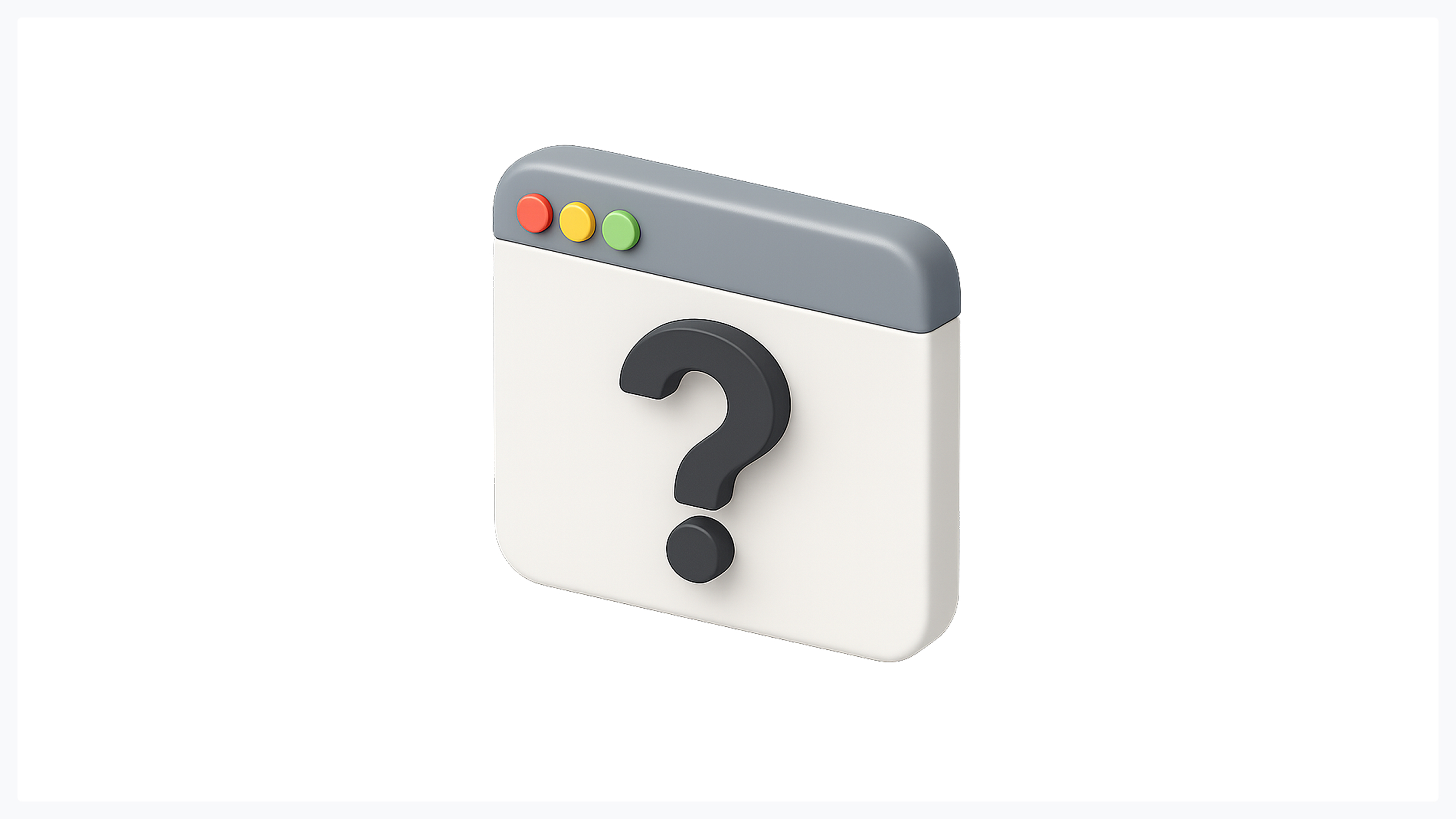
Choosing a framework is only half the battle — successful integration requires intentional implementation. Here's how to make frameworks stick:
- Select the right framework for your team context. Don't force-fit a framework because it's trendy. Evaluate your team size, product complexity, and organizational culture to find natural alignment. A five-person startup operates differently from a fifty-person product team.
- Involve stakeholders from the beginning. Framework adoption fails when it's imposed rather than collaborative. Present the rationale behind your chosen approach and incorporate feedback from developers and product managers who'll work within the framework.
- Invest in team education and alignment. Conduct workshops that walk through the framework stages, create reference documentation with examples, and pair experienced practitioners with team members learning the approach.
- Leverage tools that support your chosen framework. Modern tools like Maze for user testing, FlowMapp for information architecture, and Figma for design work can dramatically improve framework execution. The right tools transform frameworks from theoretical concepts into practical workflows.
Which Framework Is Right for You?
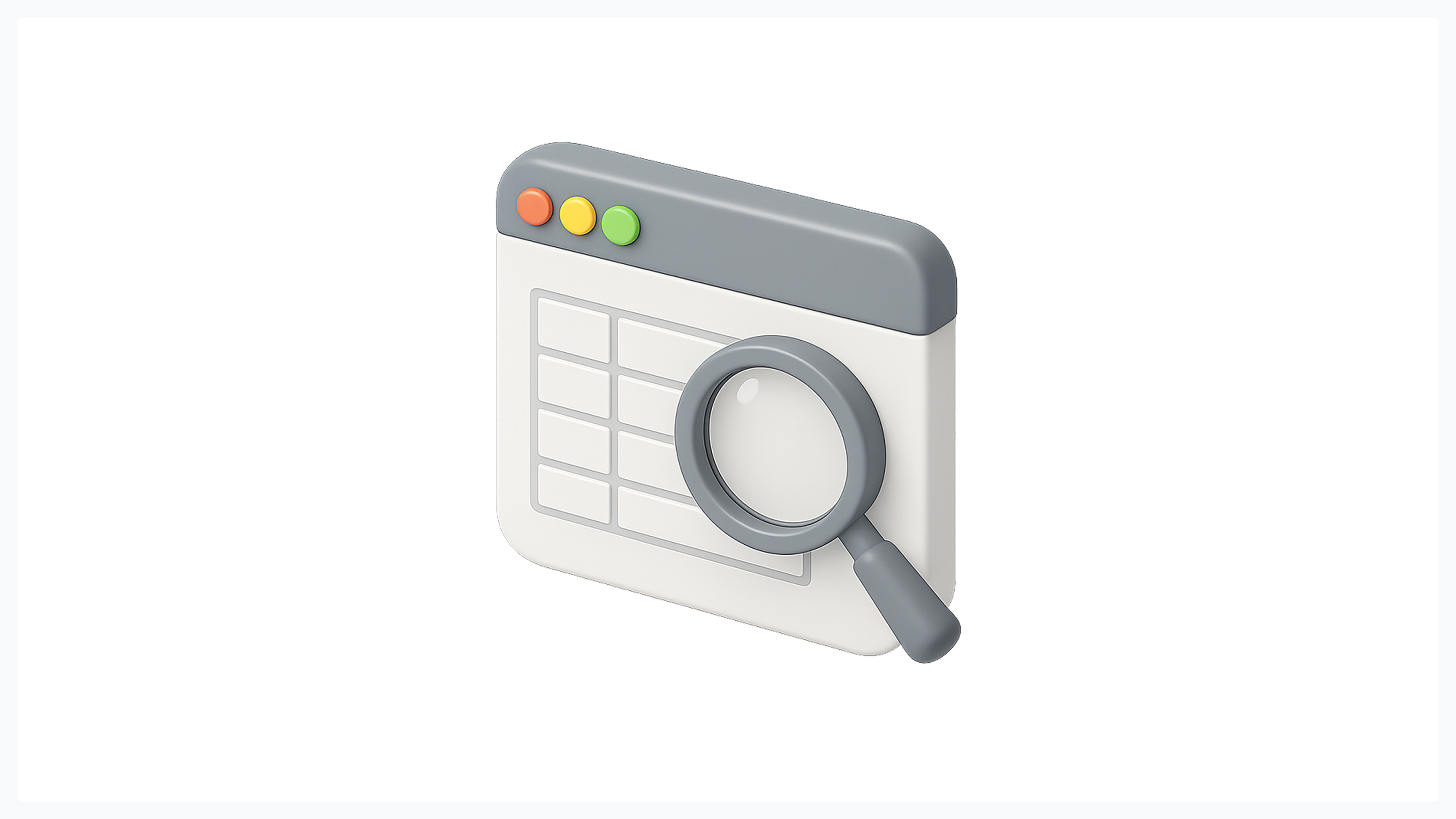
Context matters enormously when selecting frameworks. Here are four common scenarios with recommendations:
| Scenario | Recommended Framework | Why It Works |
|---|---|---|
| Fast-Moving Startup | Lean UX or Agile UX | Speed and learning matter more than comprehensive documentation. These frameworks embrace uncertainty and prioritize getting products to market quickly. |
| Enterprise Product Team | Five Elements of UX or Double Diamond | Large organizations need structured approaches that accommodate multiple stakeholders and specialized roles with clear stages for handoffs. |
| Design System Development | Atomic Design | Component-based thinking aligns perfectly with design system needs, creating reusable building blocks that scale across products and teams. |
| Habit-Forming Consumer App | Hook Model + Lean UX | Combine psychological understanding with rapid iteration to build engaging experiences while validating assumptions quickly with real users. |
- Recommended Framework: Lean UX or Agile UX
- Why It Works: Speed and learning matter more than comprehensive documentation. These frameworks embrace uncertainty and prioritize getting products to market quickly.
- Recommended Framework: Five Elements of UX or Double Diamond
- Why It Works: Large organizations need structured approaches that accommodate multiple stakeholders and specialized roles with clear stages for handoffs.
- Recommended Framework: Atomic Design
- Why It Works: Component-based thinking aligns perfectly with design system needs, creating reusable building blocks that scale across products and teams.
- Recommended Framework: Hook Model + Lean UX
- Why It Works: Combine psychological understanding with rapid iteration to build engaging experiences while validating assumptions quickly with real users.
Remember that frameworks aren't mutually exclusive. Many successful teams combine approaches — using Atomic Design for component structure while following Agile UX for workflow integration.
Final Thoughts
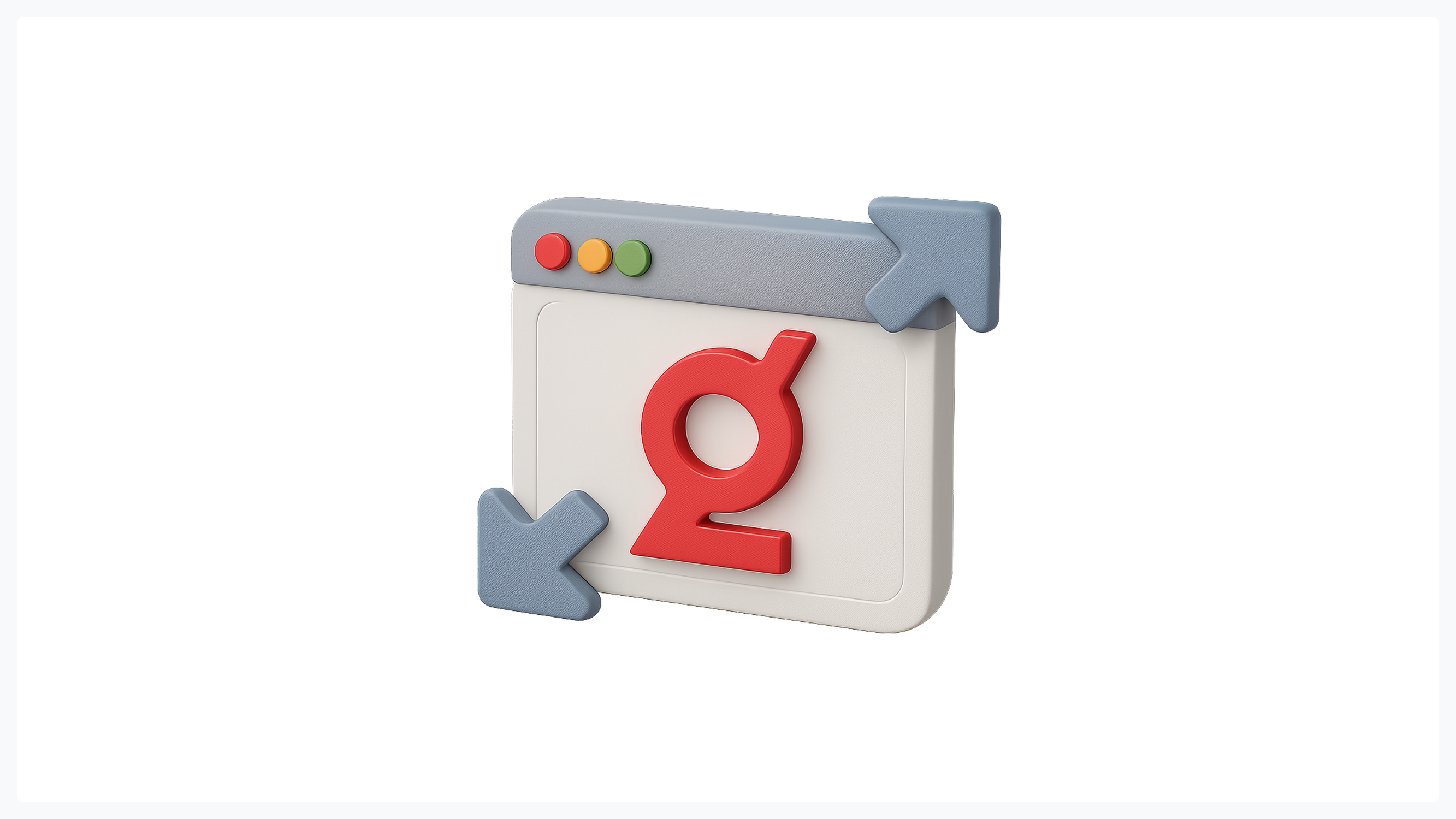
There's no magic bullet in UX design, and no single framework solves every challenge you'll face. The frameworks outlined here are tools, not rules — they provide structure and guidance while leaving room for adaptation and creativity.
Test different approaches on small projects before committing to company-wide adoption. See how your team responds, where frameworks help versus hinder, and what modifications make sense for your unique context.
Whether you're a startup or an established enterprise, partnering with experienced design teams like Glow Team can help you implement the right frameworks effectively, ensuring your design process remains structured and user-centered from discovery through delivery.
Ready to transform your design process with the right framework and expert guidance? Whether you're a startup building your first product or an established enterprise refining your user experience, Glow Team helps you implement structured, user-centered design frameworks that deliver real results. Contact us right now to discover how our team can elevate your product design approach.
FAQ

What makes a good UX design framework?
A good UX design framework balances structure with flexibility, providing clear guidance without constraining creativity. It should integrate with existing tools, scale to project complexity, and keep user needs visible throughout the design process.
What is the difference between a UX strategy and a UX framework?
UX strategy defines what you're trying to achieve — your goals and target users. A user experience framework defines how you'll execute that strategy through specific processes and methods. You need both for success.
Can I combine multiple UX frameworks in one project?
Absolutely. Different frameworks excel at various aspects of the design process. You might use Design Thinking for discovery, Atomic Design for components, and Agile UX for implementation. Document your approach so everyone understands which framework guides which activities.


